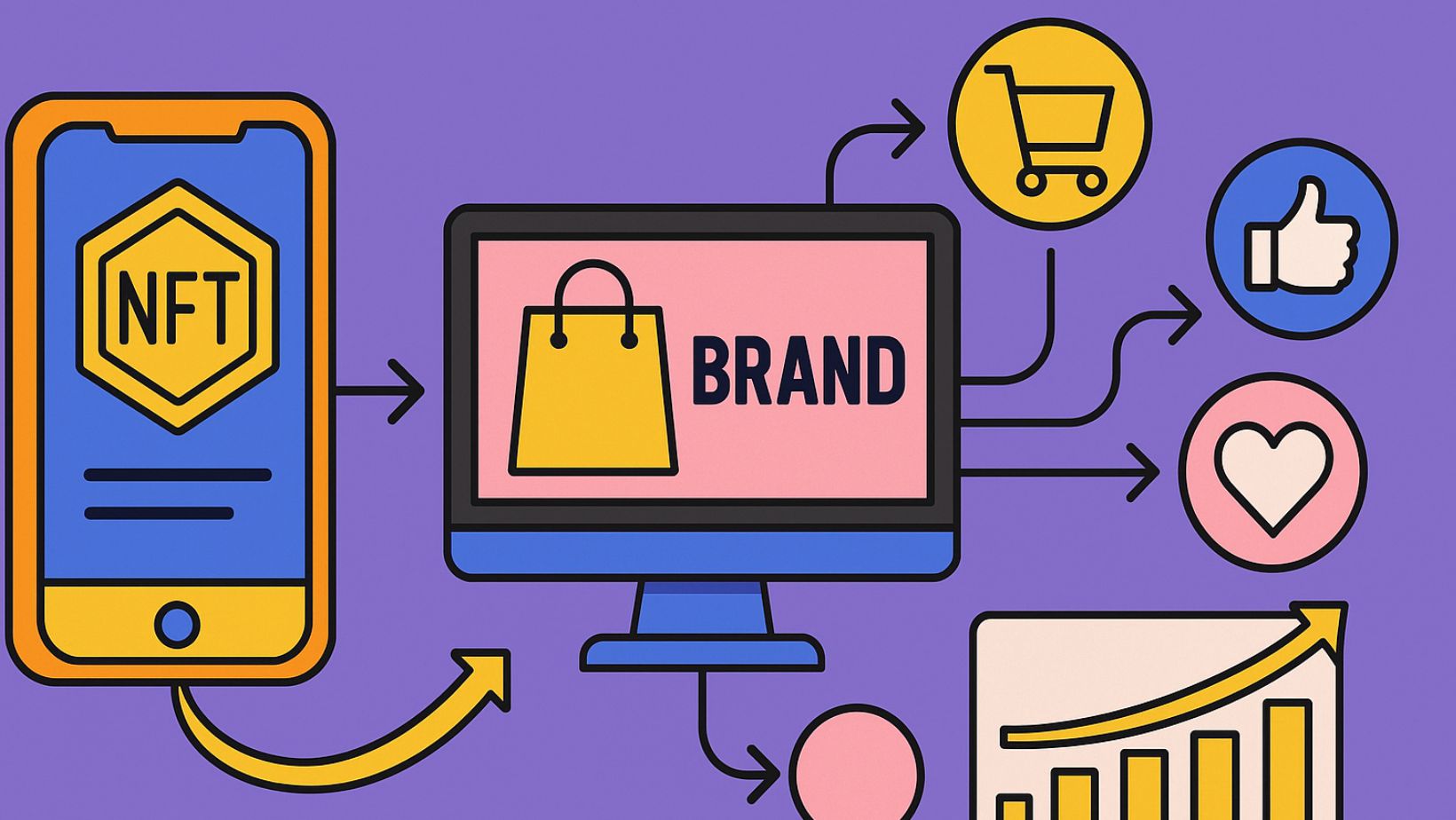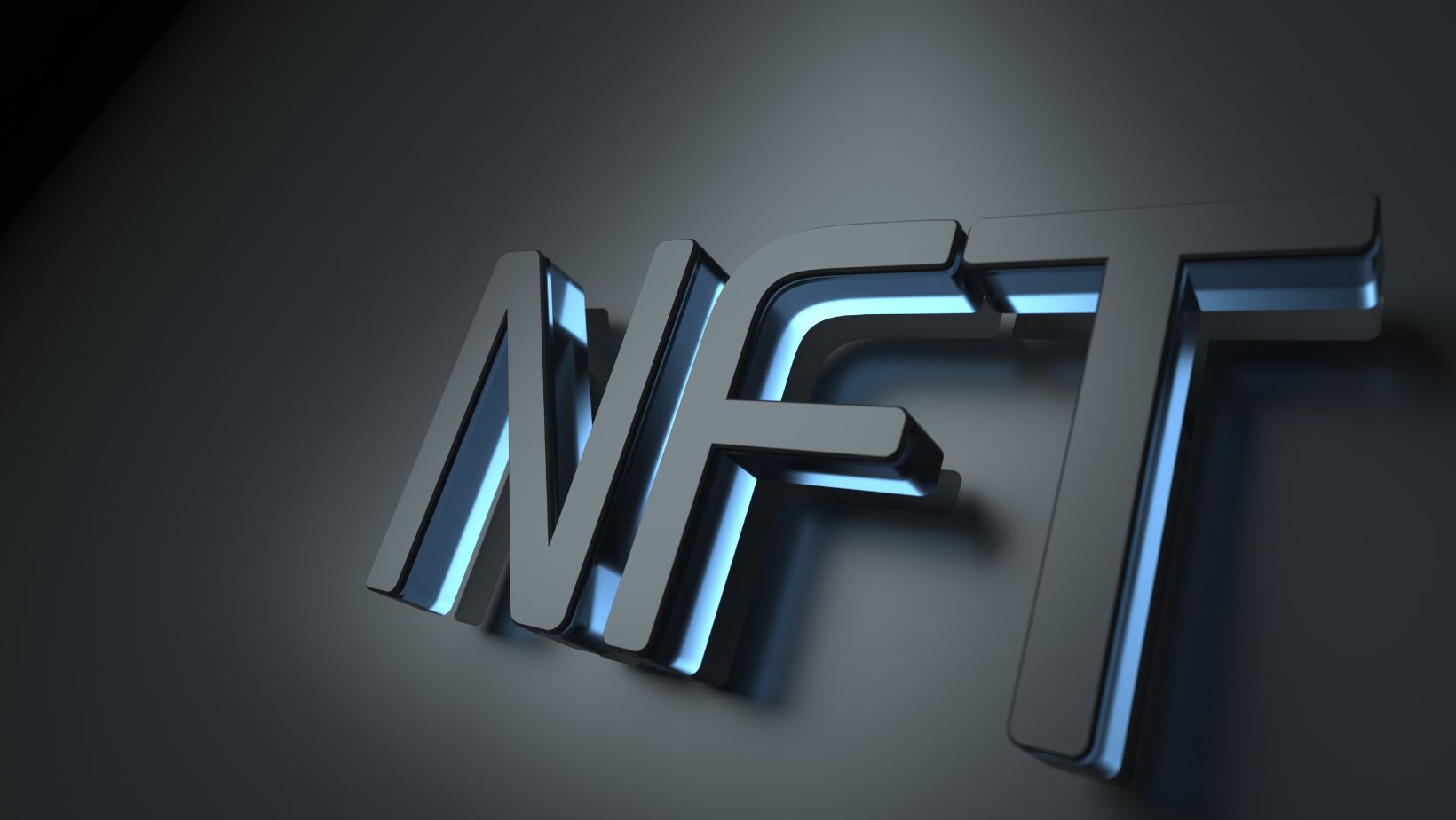
NFTs aren’t just collectibles anymore—they’re infrastructure. For brands looking to unlock new revenue, boost engagement, and future-proof their digital strategy, integrating an NFT marketplace like Rarible is becoming a powerful move.
Whether you’re a web3-native platform or a web2 brand stepping into blockchain, an on-brand NFT layer opens up measurable business outcomes.
Below, we explain why NFTs matter, how to align them with your goals, and what to consider before launching your marketplace.
Why NFTs Should Be Part of Your Digital Transformation
Digital transformation isn’t just about automation or cloud tools—it’s about ownership, engagement, and creating experiences that build loyalty. That’s where NFTs come in.
When you integrate an NFT marketplace into your brand’s ecosystem, you:
- Monetize digital experiences (not just products);
- Build direct relationships with users through wallets;
- Enable programmable loyalty and utility over time.
Think of it as an evolution from renting attention (ads, platforms) to owning it. NFTs let you build community-powered commerce with native engagement mechanics like drops, unlockables, and token-gated access.
It’s not hypothetical, either. Brands like Mattel and McFarlane are already using Rarible’s infrastructure to launch collectible campaigns and fan experiences that scale.
Aligning NFT Projects with Brand Goals and Audience
Before jumping into NFTs, zoom out: what’s your objective? Are you looking to:
- Boost engagement with loyal fans?
- Launch digital collectibles for your IP?
- Create a loyalty layer tied to tokenized access?
- Open new monetization streams?
Once the goal is clear, you can decide what NFT formats make sense—collectibles, dynamic assets, loyalty tokens, etc.—and where they fit into your funnel. For example:
- Entertainment brands can offer fans limited-edition character drops with behind-the-scenes perks;
- Retailers can deliver NFTs that unlock early access or in-store discounts;
- Gaming companies can launch assets that evolve as players level up.
The key is to connect the NFT experience with a user journey they already understand. No jargon, no friction.
Technical Considerations for NFT Marketplace Integration
Integrating an NFT marketplace into your stack doesn’t have to mean spinning up your own infrastructure from scratch.
Whether you’re working with an internal team, a partner, or experienced professionals providing expert support, here are the key factors to keep in mind:
- Multi-Chain Support: Your audience might be spread across Ethereum, Polygon, Base, or other networks. A flexible setup ensures you’re not locked into one chain or one community;
- No-Code Tools: Developer resources are limited. Prioritize tools that let your team launch and manage drops without heavy engineering work;
- Royalties + Revenue: Make sure your marketplace supports automated royalty enforcement and creator splits out of the box;
- Custodial vs. Non-Custodial: Web3-native users expect wallet-based access, while web2 audiences may prefer email logins or custodial wallets. Your infrastructure should support both;
- Time to Market: Speed matters. Look for solutions that can be branded, configured, and launched in weeks, not quarters.
The goal is to reduce lift for your team, keep your audience in flow, and deliver a seamless NFT experience.
Cross-Platform Strategies: Combining NFTs with Social Media and E-commerce
NFTs work best when they’re not siloed. The smartest brands integrate them with existing social and e-commerce channels.
On social, you can:
- Announce drops via X, Instagram, or TikTok;
- Let fans collect content (memes, moments, merch previews);
- Reward community contributions with NFTs.
On e-commerce, NFTs can:
- Act as digital receipts with perks;
- Unlock exclusive access or experiences;
- Serve as loyalty points or referral rewards.
One popular use case: brands drop “golden ticket” NFTs that unlock VIP shopping events or exclusive collabs. A standout example is the PSG Silver Card, launched with Matchchain on Rarible, which offered fans exclusive perks tied to the Paris Saint-Germain universe, demonstrating how NFTs can drive both excitement and engagement through scarcity and access.

Overcoming Challenges When Introducing NFTs to Your Customers
NFTs still carry baggage. This space can feel risky and overly technical for many users. That’s why your rollout has to be simple, familiar, and focused on utility.
Here’s how to reduce friction:
- Keep the Experience On-Brand: Your marketplace should look and feel like your brand;
- Use Plain Language: Say “digital collectible” or “membership token” if it helps your audience understand;
- Don’t Force Wallets: Let users mint or claim NFTs with just an email or social login;
- Focus on Value: Make sure each NFT has a clear benefit—access, discount, status, etc.
And always tie the initiative back to your brand’s values. If your audience loves access, give them access. If they care about sustainability, consider blockchain options that align with those principles.
Final Thoughts
Web3 is becoming infrastructure, meaning brands must start treating it like part of the stack.
With platforms like Rarible, you don’t need to hire an army of developers or go full crypto to launch an effective NFT marketplace. You just need a clear goal, the right tools, and a frictionless way to bring your audience along.
So, whether you’re building loyalty, unlocking new revenue, or exploring digital identity, integrating NFTs isn’t a gamble—it’s a strategy.







